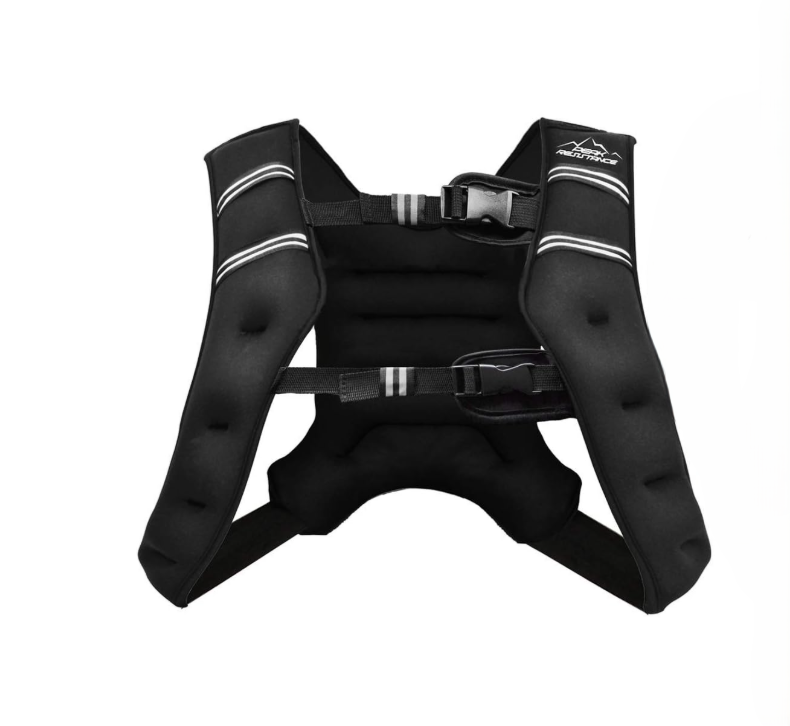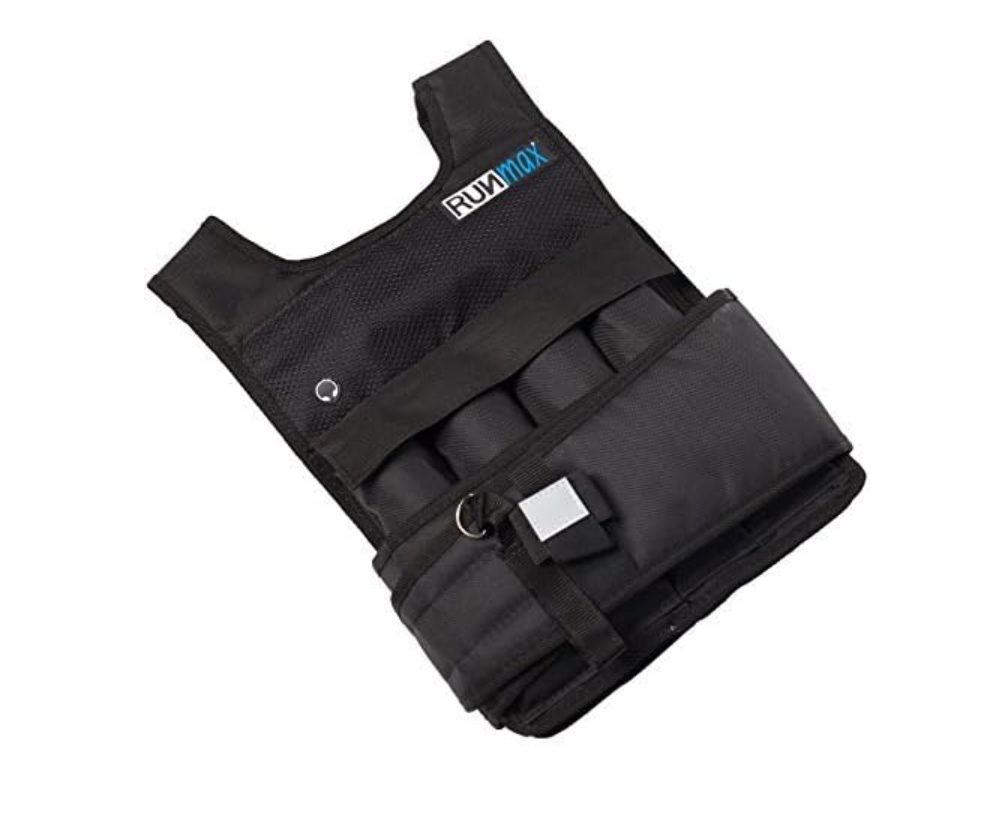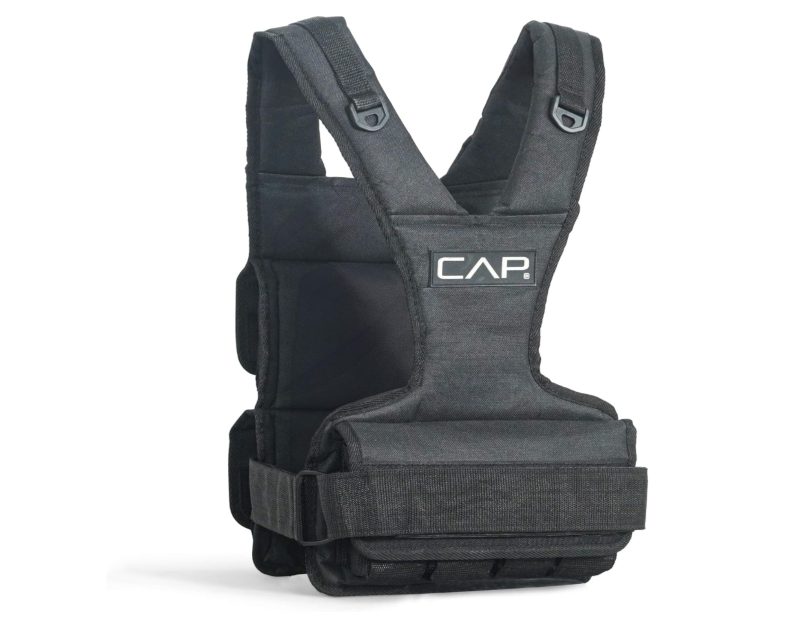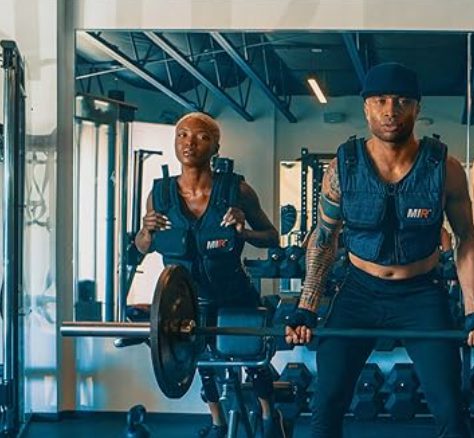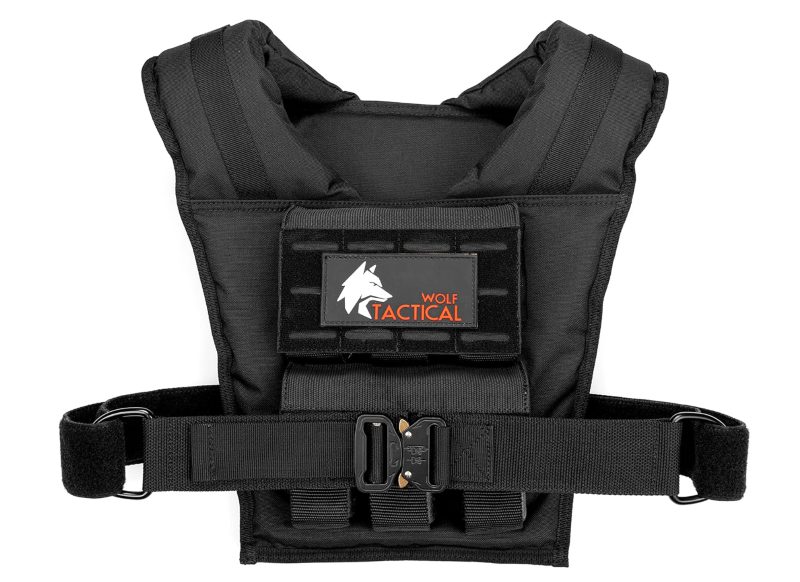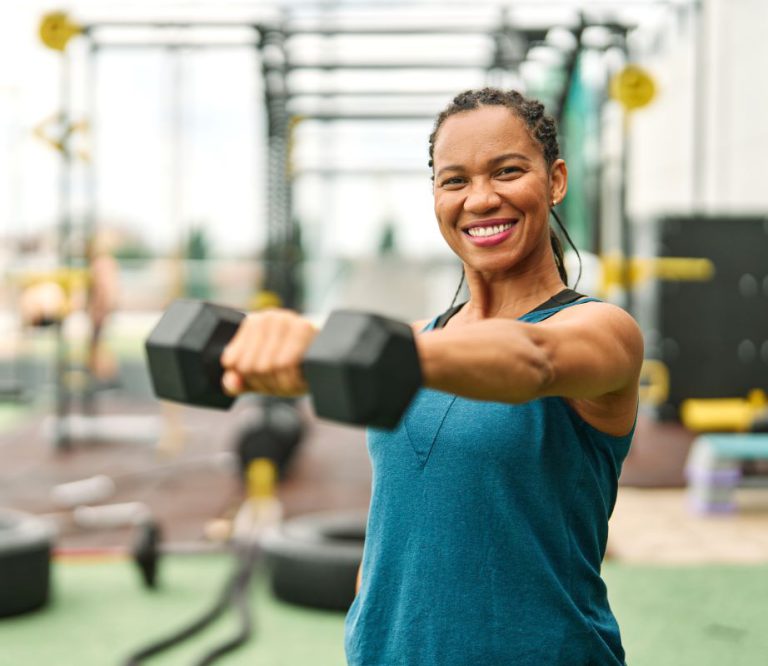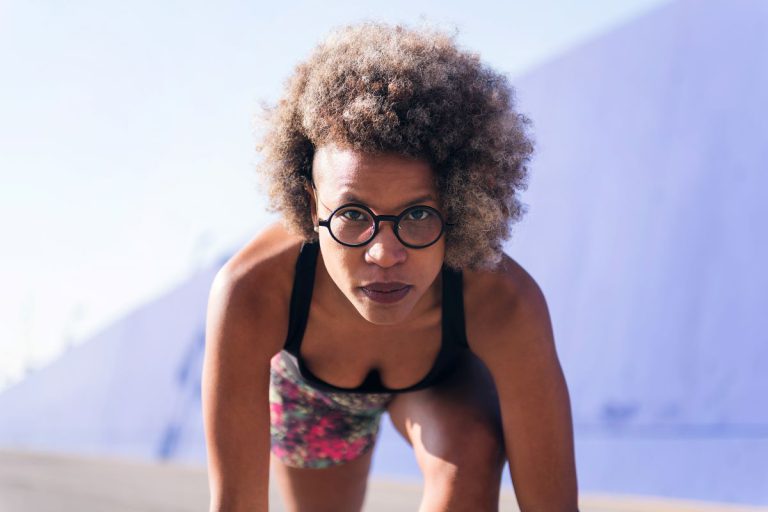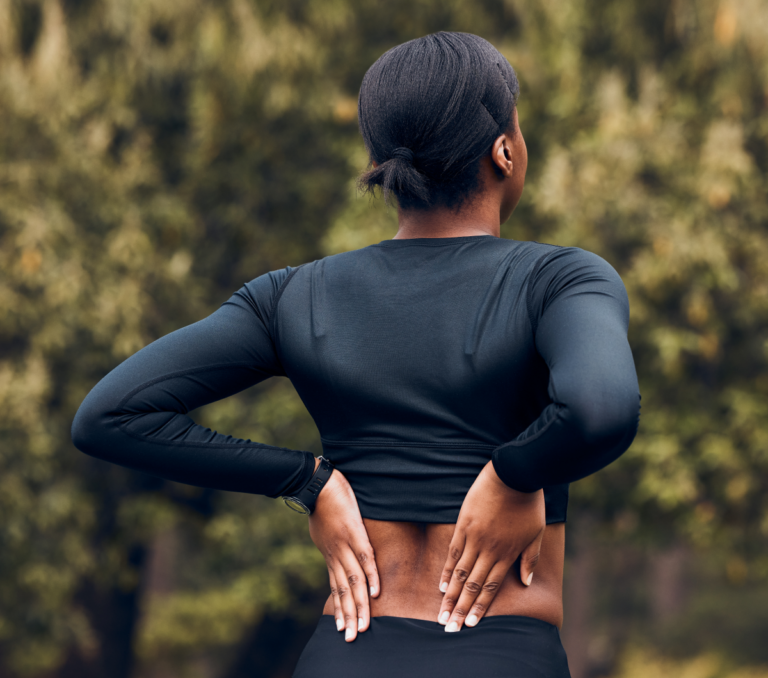The Benefits of Walking with a Weighted Vest
For those seeking a more effective workout, walking with a weighted vest offers a simple yet powerful way to increase calorie burn, build strength, and improve overall fitness without changing your daily routine.

Walking is arguably one of the best workouts you can do. It’s accessible, safe, straightforward, and effective. All you need is a suitable pair of shoes and somewhere to go. You can even incorporate walking into your daily schedule by, for example, walking to the store or walking to work.
However, there is a downside to walking: it’s not very intense. Consequently, even a long walk won’t burn all that many calories and will do little for your high-end fitness.
That all changes when you strap on a weighted vest.
Walking with some added weight forces your muscles, heart, and lungs to work significantly harder, making your workouts far more effective.
In this article, we discuss the pros (and a few cons) of walking with added weight and explain what to look for in a weighted vest.
The Benefits of Walking with a Weighted Vest
While there is nothing wrong with walking without extra weight, walking with a weighted vest provides several proven advantages and benefits. These include:
1|Increased Caloric Expenditure
Do you want to burn more calories by walking? Good news! Strapping on a weighted vest will increase energy expenditure for more rapid weight loss. How many additional calories you’ll use depends on how much your vest weighs, but studies suggest that you can burn an additional 10-20% compared to unweighted walking (1).
2| Build Strength and Muscle Mass
While walking will never replicate the demands of exercises like squats and lunges, wearing a weighted vest will still make your legs stronger and more toned (2). Strong legs make many everyday tasks easier and walking with a weighted vest can help preserve strength and muscle mass as you age.
3| Increased Bone Mass
Bone mass tends to decrease with age, especially in menopausal women. However, like muscles, bones get stronger when you exercise, especially during weight-bearing activities. Weighted vest walking has been shown to have a very positive effect on bone mass and joint health (3).
4| Improved Fitness
Hate running? Not a fan of cycling? No problem! You can enjoy all the benefits of any cardio exercise by going for a walk in a weighted vest. Despite being a slower-paced workout, walking with a weighted vest has been shown to have a significant impact on cardiovascular fitness, which is closely linked to improvements in cardiovascular health (4).
Related Articles
The Drawbacks of Walking in a Weighted Vest
Walking in a weighted vest will generally do you a lot of good. However, there are a couple of drawbacks to consider before you embrace this popular fitness trend. These include:
1| Increased Impact and Joint Stress
Walking is a low-impact activity that’s easy on your joints. Consequently, it’s generally safe and recommended even for people with non-serious injuries and ailments. While walking with a weighted vest is still classed as a low-impact activity, it puts more stress on your joints. This may be an issue if you already suffer from foot, ankle, knees, hip, or lower back problems.
2| Risk of Overheating
Most weighted vests cover a large part of your upper body. Combined with working harder than usual, this could increase your risk of overheating and dehydration during your workout. Avoid any such problems by drinking plenty of water before, during, and after your workout and not exercising during the hottest time of the day.
3| Chafing
Even well-fitting weighted vests can move and rub your skin. Add some salty sweat and you have the perfect recipe for painful chafing. Wear a close-fitting sports top under your weighted vest to reduce friction and consider putting surgical tape or Vaseline on any hotspots to prevent unwanted skin irritation.
4|Cost
Depending on the weight, material, and model, weighted vests can be expensive. That’s not an issue if you plan to use one regularly, but if you discover that you don’t enjoy weighted vest walking, you may regret spending your hard-earned money.
One way around this is to use a backpack loaded with bags of flour or rice. Try that for a few workouts and then upgrade to a weighted vest if you enjoyed your loaded walks.
Choosing the Best Weighted Vest for Walking
While a good weighted vest can add a whole new dimension to your walking workouts, a bad one can turn it into a miserable experience. But, how do you know the difference? Consider the following before buying your new weighted vest.
Size: A weighted vest should fit comfortably. If it’s too big it will move while you walk. If it’s too long, it may rub against your hips or legs. One that’s too small may not fasten correctly. Most vests have adjustable straps so you can customize the fit. However, some only offer relatively small adjustments, so choosing the correct starting size is critical. Make sure your vest fits properly before you buy it.
Padding: Walking in a weighted vest puts added pressure on your shoulders. This can become uncomfortable and could make your walks less enjoyable. Look for vests with good padding to avoid unnecessary discomfort. Removable padding for easy washing is another feature worth considering.
Material: Weighted vests come in a variety of materials, from lightweight nylon to heavy-duty CORDURA. Nylon is cheaper and softer but not as hardwearing whereas vests made from CORDUA will probably last forever but are usually more costly. Weigh up the pros and cons of different materials to make sure you get a vest that balances comfort and durability with cost.
Weight capacity: You won’t need an ultra-heavy weighted vest for your walking workouts. That’s good news because heavy vests can be expensive. However, make sure that your vest will hold as much weight as you need. Typically, 15-20% of your body weight should be sufficient.
Adjustability: How easy is it remove or add weight to your vest? Ideally, you should be able to make small adjustments, e.g., in 0.25-0.5kg increments. Some weighted vests use metal ingots while others use flat plates. However, if changing weights is a chore, you may be reluctant to adjust the load, even though you need to.
Here are a few weighted vests that are ideal for walking workouts:
- Aduro Sport Weighted Vest
- Runmax Adjustable Weighted Vest
- Cap Barbell Adjustable Weighted Vest
- Mir Air Flow Weighted Vest
- Wolf Tactical Vest
Radiant Picks for Weighted Vests
Closing Thoughts
Walking is a great workout for almost everyone. However, adding a weighted vest could make it even better. Wearing a weighted vest will burn more calories, strengthen your muscles and bones, and enhance your fitness. In short, it makes walking more effective and time-efficient.
Just make sure your weighted vest fits properly, and that you resist the temptation to go too heavy too soon – 5-10% of your body weight is plenty to start with. More than that and you may experience unwanted aches and pains.
So, grab your weighted vest and go walking; your body will thank you!

